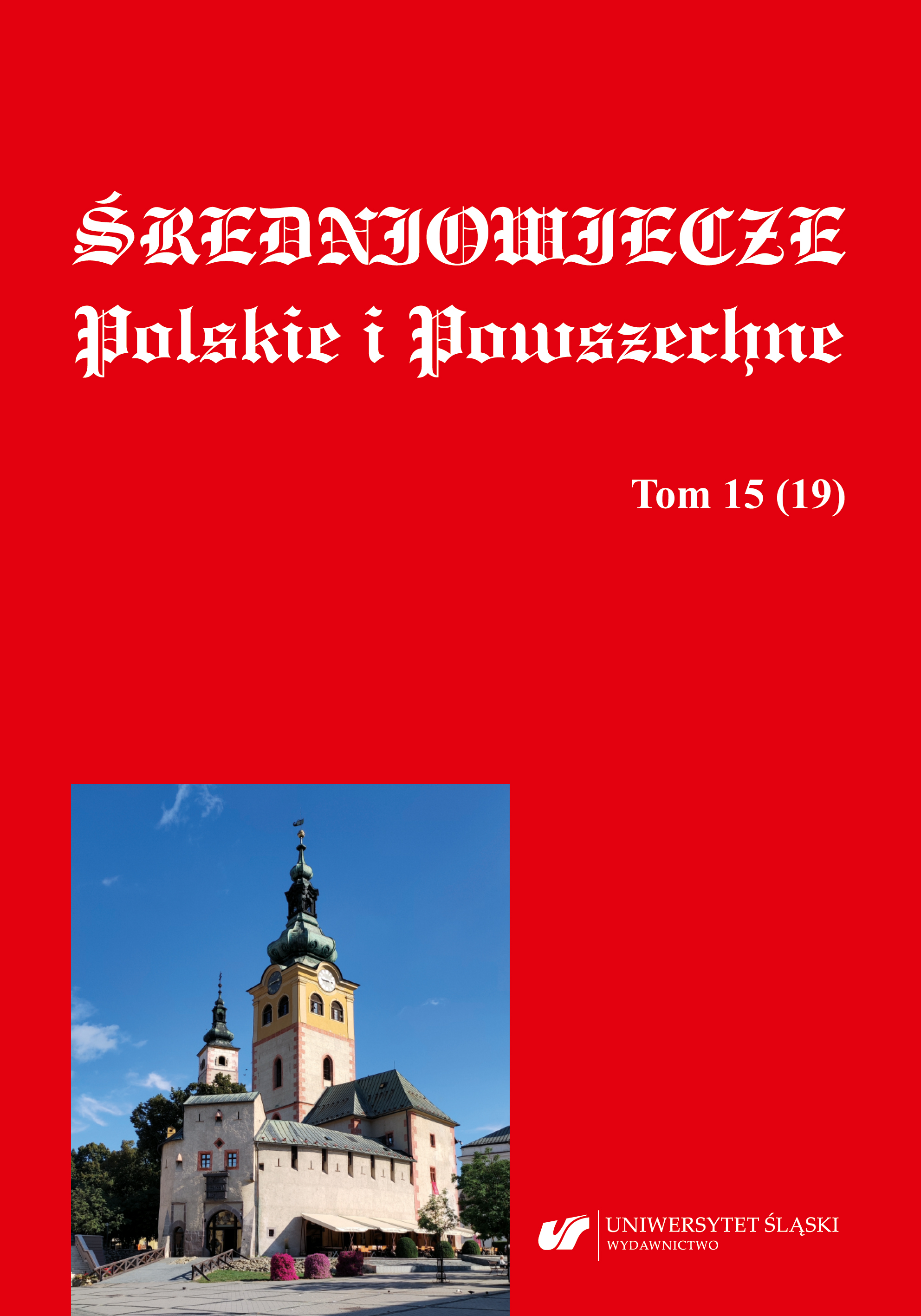Bariery naturalne i antropogeniczne w rozwoju przestrzennym miasta średniowiecznego i nowożytnego na Śląsku. Analiza kartograficzna
Natural and Anthropogenic Barriers in the Spatial Development of Medieval and Modern Cities in Silesia. A Cartographic Analysis
Author(s): Rafał EysymonttSubject(s): History
Published by: Wydawnictwo Uniwersytetu Śląskiego
Keywords: history of cities; urban planning of Silesia in the Middle Ages
Summary/Abstract: City walls were the obvious border of the medieval city, a function that in the moderncity is fulfilled by a belt of bastion fortifications. It is necessary to consider the conditions thatdetermined the line of this border. These are both natural (the course of rivers, the location oflakes and ponds, the lay of the land) and anthropogenic, the latter resulting, for example, fromthe city’s location in the immediate vicinity of a medieval and early modern center of fertileagricultural areas and villages or populous suburbs surrounding the city walls with a tightloop. A good illustration of this phenomenon is given in some modern descriptions of cities(Bartłomiej Stein’s for Wrocław, Friderico Lucae’s for Wołów), but more common are historicalcartographic materials and occasionally also the results of archaeological research. The conjecturalcourse of the waters, as in Środa Śląska, sometimes provides the basis for a reconstructionof the original functional layout of the city. More obvious, although worth noting, are the spatialsystems of cities conditioned by the course of the river (Bytom Odrzański, Krosno Odrzańskie).The spatial layout of cities was also conditioned by their location in foothill areas. It iseasy to see how this factor influenced the development of Bolków and Bystrzyca Kłodzka,located in the Kłodzko region. The mountainous location was, on the one hand, a complicationfor the founders of cities, while on the other – a chance for a more effective sculpting of thecity’s position.As the case in Wrocław shows, the development of suburbs could have been hampered byintensive use of suburban villages, especially those located south of the city. This for a longtime prevented the area from being transformed into suburbs. It was different north of the center,where the street network began to be organized at the beginning of the eighteenth century.The last phenomenon discussed in the article is the extremely intensive development ofthe suburbs of Kąty Wrocławskie and Jelenia Góra, which weakened the defensive functionsof these cities. In Brzeg, this function was sustained thanks to a series of demolitions of thesuburban villages.
Journal: Średniowiecze Polskie i Powszechne
- Issue Year: 15/2023
- Issue No: 19
- Page Range: 185-218
- Page Count: 34
- Language: Polish

